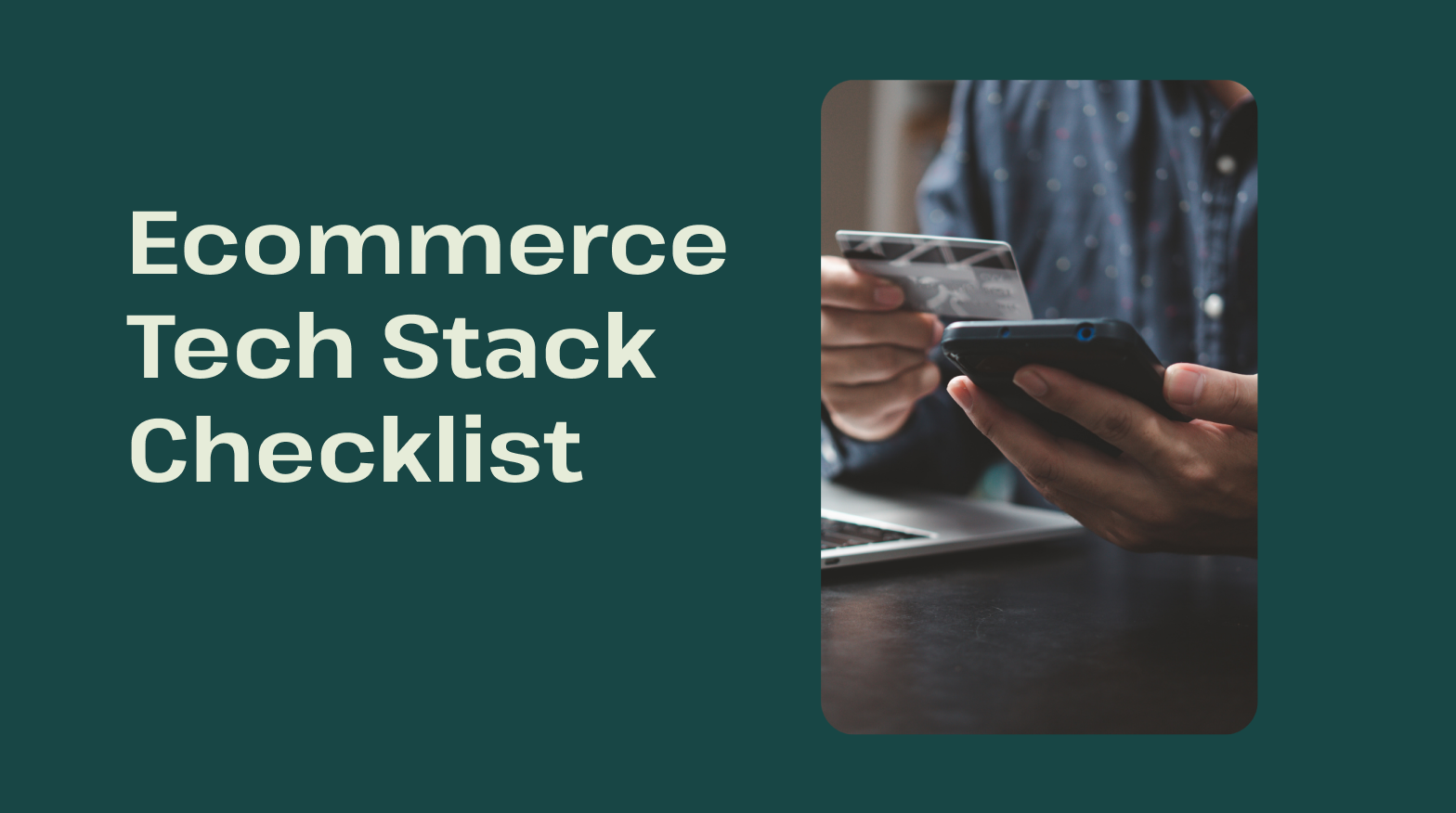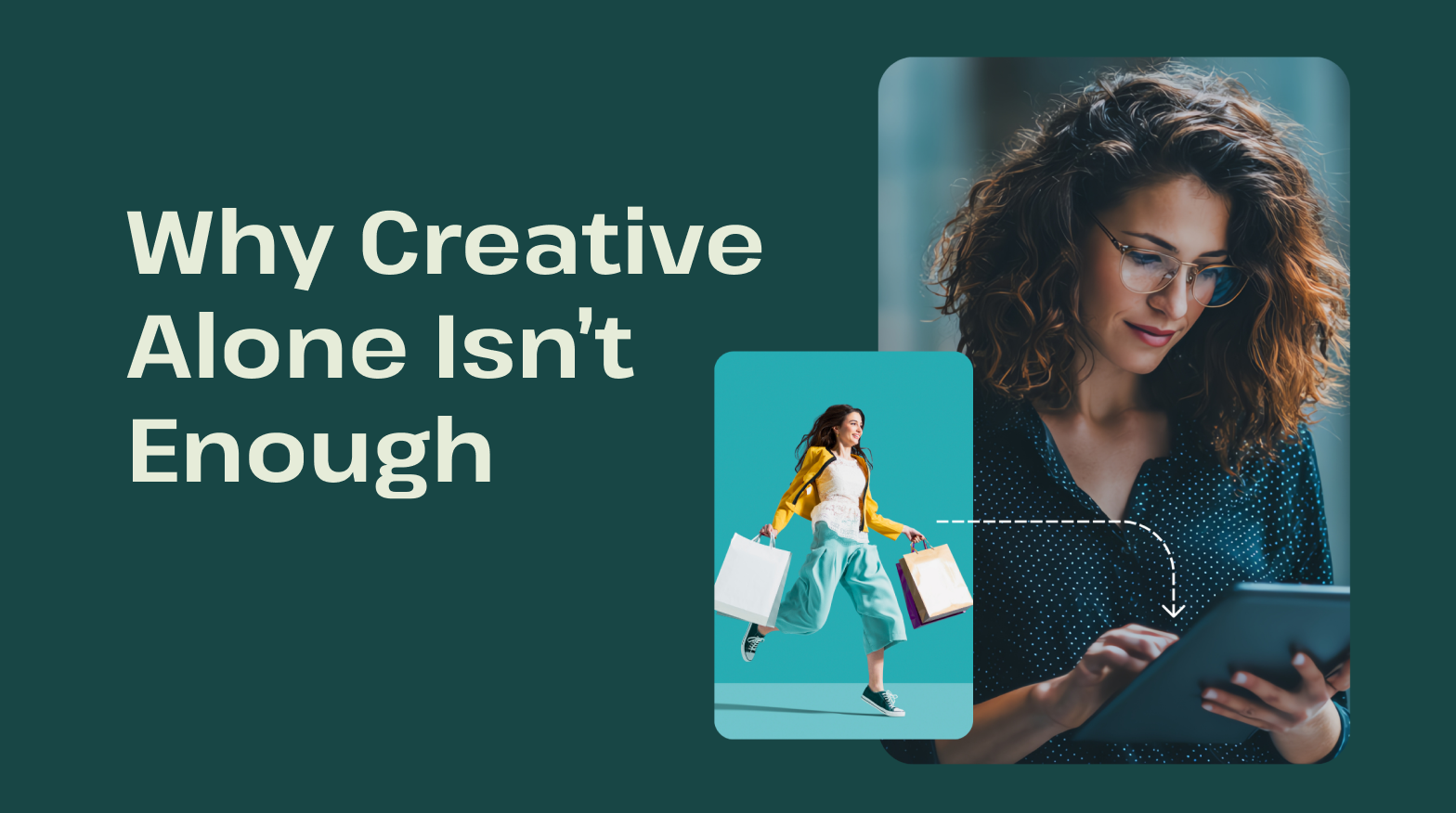When every dollar is under a microscope, the pressure to choose martech tools that deliver fast ROI has never been higher. But when every solution promises to be “the missing piece” for growth, chaos follows.
First, you plug in a cart recovery tool. Then it’s an email segmentation platform, followed by another attribution dashboard. Before long, you’re juggling dozens of tools that don’t share data, can’t score intent, and treat every visitor the same.
The path forward isn’t endlessly expanding your stack—it’s building connected systems. Let’s explore which tools to keep, what to cut, and how to build your tech stack around three core pillars—audience intelligence, automation, and paid media—so every tool works in sync to drive compounding ROI.
Skip Disconnected Solutions That Drag Down Performance
Disconnected tools and processes quietly drain ROI. It’s not that they don’t work at all—but they work just enough to look useful while shifting attention from what actually moves the needle. Each of these tools represents time and spend that could be redirected toward systems that multiply your impact and uncover hidden opportunities.
Generic Visitor ID Tools Treat Your Best Customer Like A Random Browser
Traditional visitor intelligence tools only tell you who visited—not who’s ready to buy. You might learn when someone visits a product page, but you won’t know if that visitor stayed for 30 seconds or 10 minutes, whether they’re comparison shopping, or if they match your ideal customer profile.
Take a luxury watch brand using a basic visitor ID tool. They might identify 5,000 monthly visitors, but treat the collector researching their next purchase just like the college student writing a paper on Swiss craftsmanship. Without intent scoring, the brand blasts the same “exclusive offer” to everyone—completely missing the signals of a high-value buyer.
Lookalike Audiences Confuse Interest With Intent
Lookalike tools expand reach using engagement signals—not purchase behavior. They use signals like ad clicks, video views, and site visits to identify similar users. The problem? Meta’s algorithm assumes that someone who watched your product video has the same purchase intent as your past customers. That assumption floods your campaigns with high-reach, low-value traffic.
Consider a premium cookware brand relying on lookalikes alone to sell $200 microwave ovens. When Meta matches visitors based on surface-level interests, like cooking and kitchen design, the brand targets food bloggers gathering inspiration, culinary students doing research, and Pinterest browsers creating inspiration boards—people who engage, but rarely convert.
One-Size-Fits-All Retargeting Wastes Spend On The Wrong Visitors
Broad retargeting treats each of your visitors exactly the same, regardless of intent. You pay the same amount to reach someone who bounced after two seconds as someone who spent 20 minutes building a wishlist. Without behavior-based filtering, you waste budget on people who were never interested.
Imagine a home goods store with 50,000 monthly visitors. Of those visitors, 45,000 are casual browsers, accidental ad clicks, and visitors who immediately bounced after landing on the wrong website. Without intent scoring, the brand will retarget all 50,000 visitors equally. The result? They waste 90% of their budget on the wrong people. Meanwhile, they underserve the 5,000 who compared products, read reviews, and showed real buying signals.
Adopt Intelligent Tools That Work Together To Drive Growth
Real growth happens when every tool in your stack shares the same intelligence. With audience insights feeding automation and paid media, your stack shifts from disconnected systems to a coordinated growth engine.
GoAudience Turns Anonymous Traffic Into Purchase-Ready Audiences
GoAudience transforms your anonymous traffic into unified intelligence. Using purchase data from 220M+ consumers, GoAudience identifies 30–40% of your anonymous visitors (compared to the 20% industry average). Then, the platform scores each visitor from 0–100 based on purchase intent, enriching them with 50+ demographic and behavioral attributes.
This technology tells you not just who visited, but who’s likely to buy. And GoAudience works from day one. Because the platform captures purchase signals using data outside platform ecosystems, new brands don’t need thousands of past customers to build effective audiences. By focusing spend only on visitors with purchase intent, brands using GoAudience see 30–60% reductions in customer acquisition costs.
And as your stack’s intelligence layer, GoAudience makes every other tool more effective. It connects seamlessly to automation and paid media tools, giving each one access to qualified, intent-rich audiences instead of anonymous noise and basic identification.
You can score traffic in real time after installing the GoAudience pixel (a five-minute Shopify setup). Try prioritizing high-scoring visitors (80+) for immediate retargeting and syncing mid-intent visitors (50–79) into your nurture flows. From there, use your data to discover which channels, campaigns, and creative efforts drive valuable traffic.
Take Socialistics— they cut CPA by 57% using GoAudience’s scored audiences for their healthcare recruitment campaigns. Peluva also saw a 2.3x increase in ROAS by focusing only on high-intent traffic.
Klaviyo And Omnisend Personalize Automation Around Real Buying Intent
Klaviyo and Omnisend help brands skip surface-level engagement metrics. When powered by GoAudience data, these tools deliver hyper-personalized email and SMS flows based on common ecommerce scenarios and real buying intent.
This precise nurturing means you focus automation where it matters most. GoAudience’s intelligence layer triggers win-backs for high-scoring visitors, education for mid-intent browsers, and suppression for low-intent traffic—maximizing ROI across your owned channels. Plus, conversion data feeds back to GoAudience for continuous scoring optimization.
With a 10-minute setup, your team can connect GoAudience to your automation tool of choice through a native integration. Try building tiered automation flows that match audience intent, like urgency messaging to 70+ scorers, moving 50–69 scorers into educational flows, and suppressing anyone below 50. From there, you can test and iterate on messaging based on visitor attributes.
Meta + TikTok Ads Target Buyers Who Actually Convert
Connecting Meta and TikTok to GoAudience turns broad retargeting into a precise operation—so your ad spend goes toward genuine buyers, not passive scrollers and generic lookalikes. Instead of relying on engagement metrics, GoAudience feeds both platforms verified purchase data and high-intent signals drawn from real consumer behavior.
This integration makes paid media more efficient and every impression more valuable, creating an amplification layer that scales what already works. While GoAudience’s audience intelligence defines who to target, Meta and TikTok’s campaign data feeds into GoAudience’s scoring engine—refining audience accuracy, spend efficiency, and ROI over time.
After native integration, try exporting 80+ scorers as a high-intent retargeting audience and building lookalikes from 90+ scorers to maximize quality. From there, test which platform delivers higher-intent traffic for your brand.
Brands using GoAudience’s scored audiences see 30–60% reductions in CAC and 3–5x ROAS improvements compared with broad retargeting.
Connected Stacks Multiply ROI Through Intelligent Data Flows
When GoAudience feeds intelligence to automation and paid ad platforms simultaneously, you don’t just have a stack—you have a self-optimizing growth engine.
Paid media drives quality traffic, email and SMS automation nurtures high-intent visitors, and conversion data improves targeting accuracy.
The result isn’t just better performance. It’s a compounding advantage that scales with every cycle.
Try GoAudience free and see which of your traffic actually converts.




